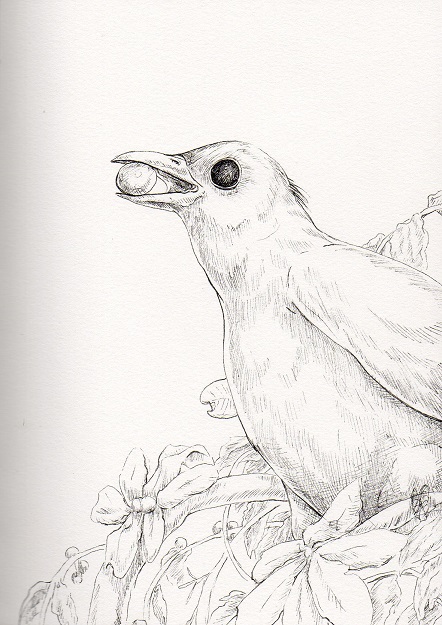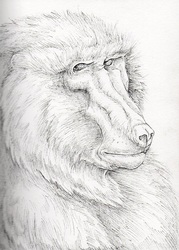Sign In
CloseTotem of the day is Blackbird! There is a call for you to explore the non-physical realms of your world and to step towards awakening more of your spiritual path. Relax yourself and sing proud and loud. Use this time of music and melody to explore sound healing for both emotional and physical ailments you may be experiencing. Listen to the omens around you as your paths open so you are aware of any messages important for you. The Blackbird spirit guide is known for it's connection to magic, spiritual enlightenment, pure potential, connection to other realms, creativity, and music. Blackbird can often come as a reminder look within ourselves for that creative or music talent. Known as the smith's bird, blackbird reminds us to fuel our hearts with passion and purpose in a way that promotes a healthy and balanced life. There may be messages you need to heed from other realms or that it is time for you to explore those spiritual paths yourselves. Follow your heart for Blackbird leads the way for higher ideals, thought, and intelligence.The Celts believed the blackbird was one of the three oldest animals in the world alongside the trout and the stage. These three animals represents the elements of water, earth, and air. Three blackbirds were said to be the birds of Rhiannon and sat on the branches of the World Tree where they sang together. These birds would sing listeners to sleep which would enable the individuals to access the Otherworld to learn it's secrets. People who connect with Blackbird can sometimes be aggressively territorial about their personal space with a tolerance for only certain people to share with. However, they are usually always gentle, loving types with a cheerful attitude. These individuals are often most productive during the spring and summer until winter when they spend time resting. These souls usually have a wonderful gift for healing with chanting or singing.
Blackbirds, Turdus Merula, are omnivorous birds belonging to the true Thrush family. They are also known as the Eurasian blackbird or common blackbird and can be found throughout Europe, North Africa, and Asia. These birds have also been introduced into areas such as Canada, Mexico, United States, Australia, and Peru. There are 7 subspecies of blackbird separated by their location. Male blackbirds are a rich, dark black with a yellow beak and eye-ring. The females and offspring will be more of a dark brown coloration to aid in hiding them. Some females of certain subspecies will also possess a brownish-white throat or dull speckling on it's breast. On average, an adult blackbird will grow to around just under 5 ounces in weight with a length of around 10 inches long. The songs of the blackbird are known as being quite melodious. These birds will sing high up on elevated perch such as rooftops or from trees in low-pitched warbles beginning in March. During the winter, they will sometimes sing quietly to themselves and it is generally only in September and October when the song of a blackbird can't be heard. Two subspecies of Blackbird are known to mimic other creatures such as humans, cats, other birds, or even alarms. Some songs of these birds are used for aggressive reasons. Sharp warning calls occur when predators are nearby while another form of call is used to try and warn other blackbirds from roosting in that bird's territory. Blackbirds, while beautiful singers, can also be very territorial. They will chase away other males or engage in short, but furious fights. During the spring, females will also grow more aggressive as competition for good nests is high. They will fight less, however, these fights are often more fierce than the male's fights. Studies have even shown that Blackbirds will respond differently to different colored bills. A male defending his territory will become more aggressive towards others will orange bills over those with yellow. The females, however, will respond to the shine of the bill. Generally, blackbirds will stay in their own territory throughout the year. Some blackbirds will travel in small flocks to migrate to wintering grounds. The diet of a Blackbird consists of a wide range of insects, seeds, berries, and earthworms. Feeding occurs on the ground where the blackbird will engage in a hopping behavior searching for prey by sight. At times, they will also hunt for lizards or small amphibians as well as perch in bushes to search for berries or insects such as caterpillars. When breeding season occurs, the male blackbird will engage in a courtship display combining head-bowing, low songs, and running motions. Once a male is accepted by the female, these pairs become monogamous and will remain together for life unless breeding is unsuccessful multiple times in exceptional cases. Nests are built in trees or bushes approximately 3 yards above the ground out of dry grass and clay with soft grasses inside. Sometimes nests can be found in ledges or cavities on man-made objects, although blackbirds have a preference for thorny bush species such as hawthorn, honeysuckle, ivy, or holly. The female will make this nests by herself before laying between 3 to 5 eggs. The young are born blind and naked. Both parents will care for these young until they are reading for fledging at around 19 days old. Even up to three weeks after leaving the nest, the offspring will badger and beg the adults for food. If the female begins to make another nests, the male will continue to feed the young.
Submission Information
- Views:
- 486
- Comments:
- 0
- Favorites:
- 3
- Rating:
- General
- Category:
- Visual / Traditional




